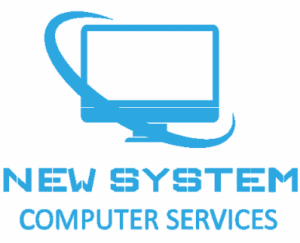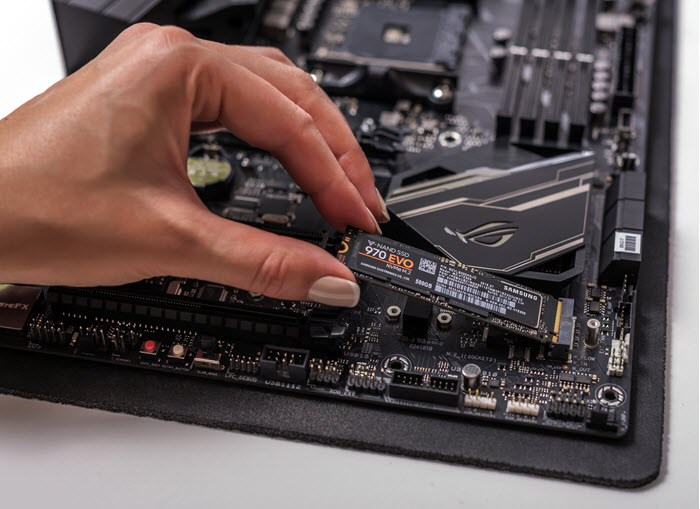Are all SSD’s the same?
For anyone that doesn’t know, upgrading your computer or laptop storage from a HDD (Hard Disk Drive) to an SSD (Solid State Drive) is one of the best bang-for-your-buck performance upgrades you can do. Virtually any type or brand of SSD will provide noticeable gains over older mechanical storage in every case… However, not all SSD’s are created equally.
This short (and not too in depth) article will help to explain what the differences are, and why this matters to you.
SSD Speeds
SSD’s across the board can be advertised with anywhere between 300/500MB/s transfer speeds, right the way up to 10x that figure in certain cases. (with the price tag to match) However just because an SSD promises 10x the performance does not always mean the experience is going to be 10x faster. Those numbers are based on moving large files around from within your system, which may be important for reducing the loading times on a game as an example, but not something that most people would utilise on a day to day basis.
Something far more important than raw speed in most cases is known as IOPS (Input/Output Operations Per Seccond) a measure of how many smaller operations that a drive can deal with in a second.
For example, everyday computing tasks like booting into Windows/loading a web page/scrolling through social media etc, require lots of small data transfers, rather than 1 big block of information in a large file. (If you’re interested in the numbers, 10,000 IOPS Read at QD 1 is likely to be sufficient for most day to day users, but please don’t let this confuse you!)
Having said the above, almost all modern SSD’s will still be more than capable of handling whatever the average user is able to throw at it. So, when it comes to which SSD should you choose for your upgrade, what matters most?
Value vs Performance
Something to watch out for, especially in value or budget SSDs is the lack of something called DRAM cache, or a poor controller. This is something we see alot of in cheap ‘Refurbished’ hardware as a way of being able to advertise SSD storage while keeping costs low to maximise profits. Don’t worry though, we don’t expect people to know what to look for when it comes to finding a drive with DRAM installed and a good controller, however our recommendation (in most cases) is that you’re fairly safe sticking with the well known brands. Another indicator can be the price tag. For example, £15 for a brand new 240GB SSD is a little on the cheap side at the time of writing, and likely will not include a DRAM cache. As an example of some well known brands, we work with Crucial and Samsung, and any of our refurbished products will always include either of these hardware manufacturers when it comes to storage. It simply isn’t something we are willing to budge on, and it’s why we are able to provide warranties.
Conclusion
Unless you are a gamer, and require fast loading times, or a video editor with super large files to transfer, raw speed isn’t going to make a big difference to your experience. However, don’t be tempted by the super cheap budget SSD option. For only a few extra £’s, you can get much higher performance and stronger reliability.
If you are at all unsure, we are always happy to provide advice, and source parts if required, making sure you get the best value for money when it comes to your digital storage.



